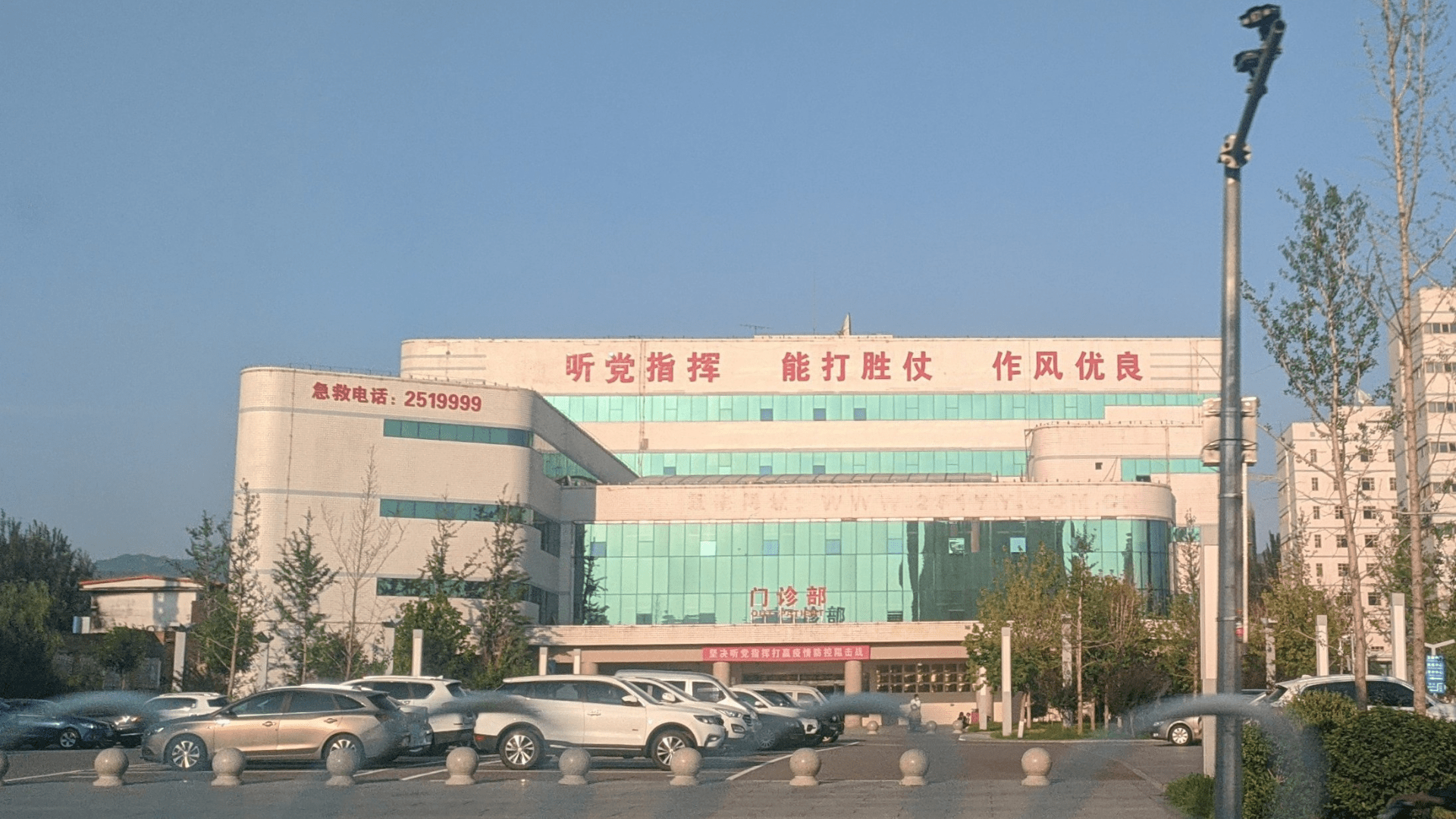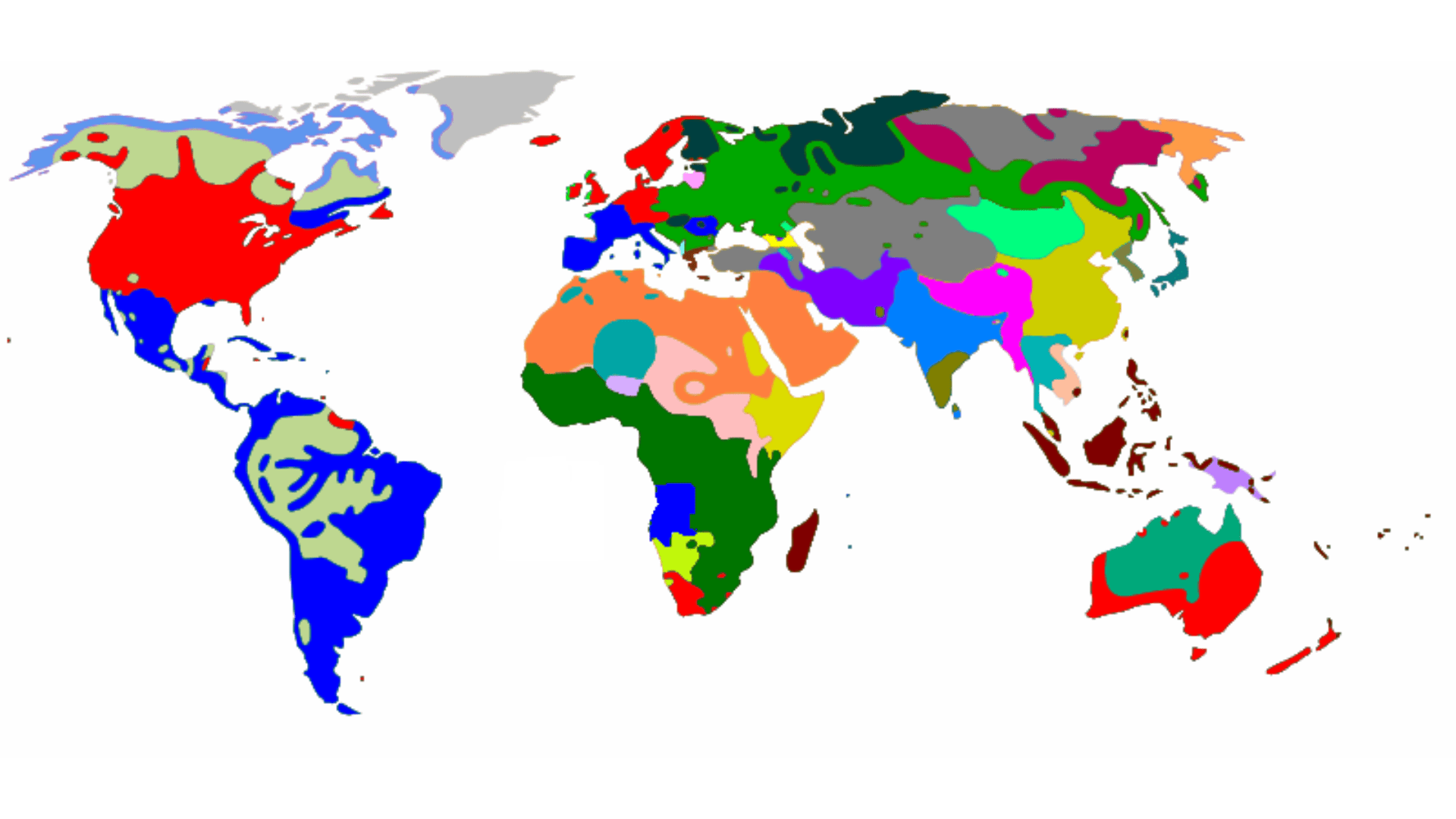China, the world’s most populous country, is undergoing a profound demographic shift that has far-reaching implications for its economy and, subsequently, the global landscape.
The recent announcement that China’s population has declined, coupled with forecasts indicating a further decrease, presents a complex set of challenges with economic, social, and geopolitical ramifications.
China’s Aging Population

The first major trend contributing to this demographic shift is the aging population. With over 20% of the population aged 60 and above, China is witnessing a significant increase in the proportion of elderly citizens.
This demographic shift poses economic challenges, particularly as a quarter of the population is projected to be over 60 by 2040. This age group is less economically active due to retirement norms, and this shift will inevitably strain China’s pension and elderly care systems.
Financial Strain on the Pension System

One potential consequence is the financial strain on the pension system, with some predictions suggesting its potential bankruptcy by 2035.
To counteract this, policymakers may need to explore measures such as raising the retirement age, increasing taxes to cover pension requirements, or adjusting current benefits. These decisions, however, are not without their socio-political challenges and could lead to heightened political instability.
Changing Demographics to Impact Healthcare System

Moreover, the changing demographics will impact the healthcare system, potentially resulting in reduced services and discontent among the population.
As the elderly become more dependent on their children, household consumption, savings, and investment levels may decline, exerting a negative influence on the overall economic health.
Aging Population Creates Potential Labor Force Reduction

Another significant concern is the potential reduction in the labor force. As older workers retire, there will be fewer individuals of working age, impacting overall workforce availability.
Implementing measures to encourage older people to work longer becomes crucial for sustained economic growth and maintaining GDP per capita levels. However, such measures may face resistance due to potential unpopularity.
Lowered Productivity May Lead to “Doom Loop”

The aging workforce can also affect productivity gains, as studies suggest that labor productivity varies with age.
Productivity tends to increase as individuals enter the labor market, plateaus between 30 and 40 years, and eventually declines as they approach retirement. This demographic shift could lead to a “doom loop,” where lower productivity prompts increased imports to meet industry demand, affecting innovation and entrepreneurship negatively.
Innovation May be Stifled

Innovation, a key driver of economic growth, is likely to be stifled as a shrinking and aging workforce diminishes the pool of new ideas.
The decline in population growth or even a negative growth rate can lead to stagnation in knowledge and hinder technological advances. This is particularly concerning for a country like China, where innovation is essential for sustaining and improving living standards.
Entrepreneurship May Suffer

Furthermore, entrepreneurship may suffer due to the aging population, as studies indicate a positive link between the percentage of young people and entrepreneurial activities.
A less dynamic economy and slower economic growth can result from reduced entrepreneurial vigor.
Anticipated Economic Slowdown Will Have Ripple Effects

China’s economic growth relies on a combination of labor and capital to generate goods and services. With a decreasing population, maintaining or increasing per capita productivity becomes imperative for sustaining economic growth. However, the demographic changes are likely to contribute to lower productivity levels, leading to slower economic growth.
The anticipated slowdown in economic growth will have ripple effects across various sectors. The retail trade sector is expected to bear the brunt, as a shrinking consumer base directly impacts demand. Additionally, the ongoing property sector crisis may intensify, with fewer people able to afford property leading to a decline in prices.
China’s Population “Doom Loop” Will Have Global Effects

The repercussions of China’s demographic shift extend far beyond its borders. As the world’s second-largest market and a major contributor to global growth, any changes in China’s economic dynamics will have widespread global effects. Trading partners like Brazil and South Africa may experience lower demand for exports, leading to reduced employment levels in these countries.
Furthermore, as China’s productivity declines, its trading partners might turn to other economies, potentially increasing global prices for products. Emerging economies relying on Chinese outbound tourism, such as Thailand and Vietnam, may witness a downturn in tourism-related sectors due to population shifts limiting overseas travel.
Global Impact Could be Devastating

Multinational corporations, heavily dependent on the Chinese consumer market, may experience a significant drop in demand, affecting revenue streams.
The global impact could be devastating, as suppliers and workers worldwide grapple with disappearing jobs, leading to a sharp economic slowdown with far-reaching consequences.
Can China Address Its Demographic Challenges?

China’s demographic challenges represent a complex interplay of economic, social, and global factors. Addressing these challenges requires a multifaceted approach that considers pension reform, healthcare adjustments, and strategies to boost productivity and innovation.
The global community must also prepare for the spillover effects of China’s economic slowdown, emphasizing the interconnectedness of the modern world. As China navigates this demographic transition, the choices made will shape not only its own future but will reverberate across borders, influencing the trajectory of global economic growth.
